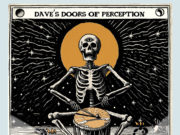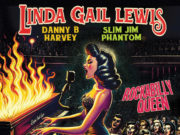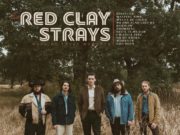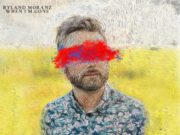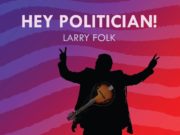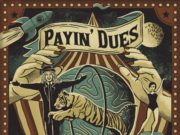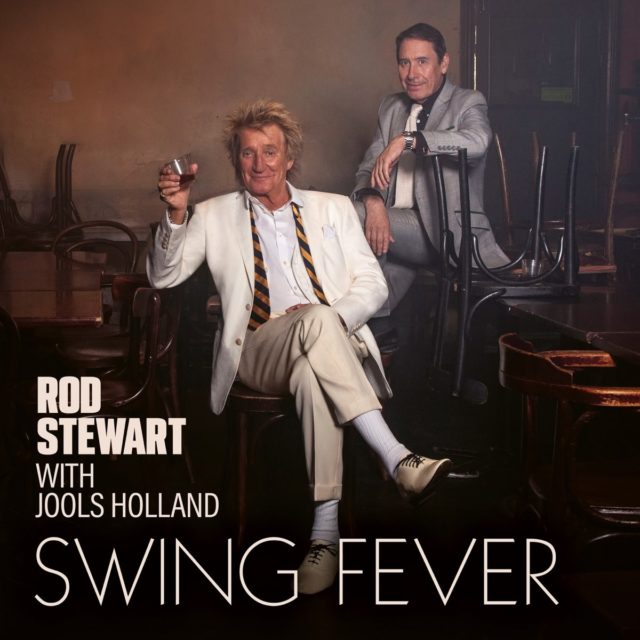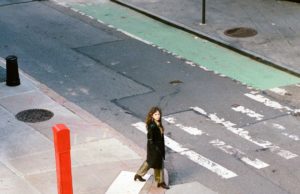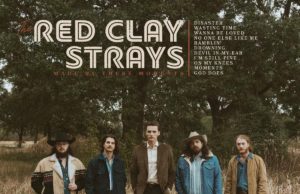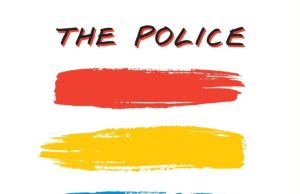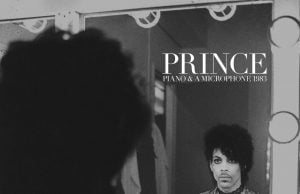THE EDITED PRESS RELEASE: “This is the tale of Britain’s new partners in swing, and how they have come together to celebrate a glorious musical era on an exhilarating album. Swing Fever is a sparkling salute to the timeless songs of the big band years, reignited by two true giants of their craft: Sir Rod Stewart and Jools Holland with his Rhythm & Blues Orchestra.
For the first time, Rod and Jools have united on record to share their peerless dexterity on a 13-track tribute to such truly great songs as Ain’t Misbehavin’, Frankie And Johnny, Sentimental Journey and Lullaby Of Broadway. The results, recorded at Jools’ own studio in Greenwich, are a hootenanny.
Swing Fever is the realisation of conversations between Rod and Jools that began in the pandemic years, and of Rod’s dream of making an album of the songs that were, in many ways, the rock ’n’ roll of their day. Holland says: “I remember I was just packing up to go away for Christmas, and you rang me. We hadn’t really spoken at any length before. I thought ‘I love Rod, how exciting,’ and you said ‘I want to do a record.’ ‘Blimey,’ I thought, ‘that’s a thing to say for Christmas. OK, let’s have a look.’ ”
These two great artists already knew that there was another bond between them: Their shared passion for model railways. “I think I then came and saw you in the new year,” says Jools, “and I was very excited not only to see you, but also your magnificent layout! I’d been a fan of Rod forever but we realised with the old music that we liked a lot of the same things.”
“I’d already started making a swing album, but it didn’t turn out how I wanted it,” explains Rod. “It was more Frank Sinatra than it was Louis Prima, let’s say. So I cancelled that, and then I realised the guy I should go to is Jools. Also, our fanatical model railway enthusiasm bonded us together. So we started recording.”
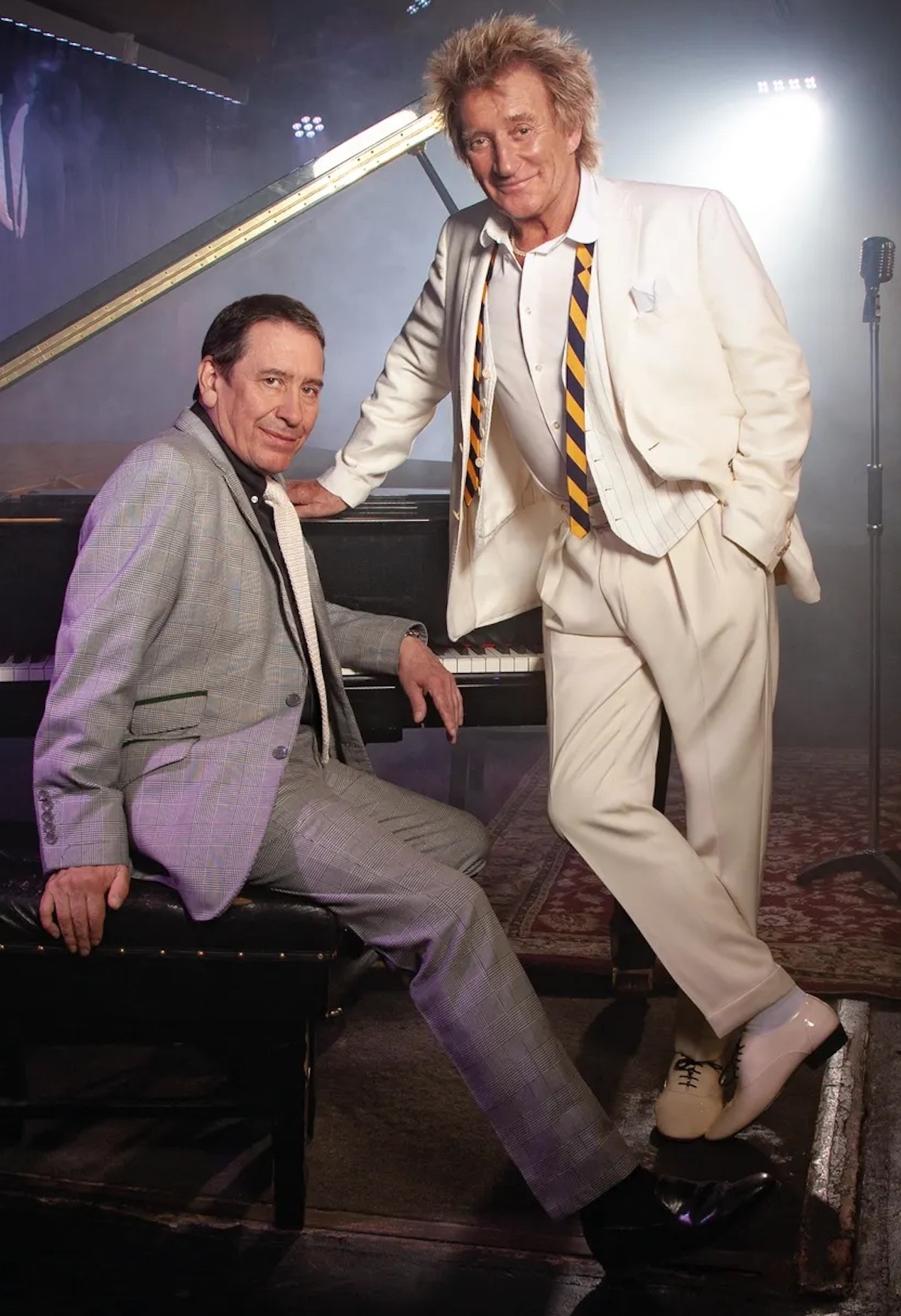
Over roughly a dozen sessions, the intimacy of the recording space combined with the enduring brilliance of the songbook to create a sound that’s infectious and irresistible — and it sounds live because it was. “I’ve got to give credit to Jools’ orchestra, and especially the drums (Gilson Lavis) and bass (Dave Swift),” says Rod. “Gilson is the nearest thing I’ve heard to Charlie Watts, in being able to do a backbeat properly. Great band, and this man Jools with the old piano. Steaming! And his brother Chris on the Hammond.
“I could have recorded this with a load of session musicians, but it wouldn’t have turned out right,” he goes on. “All those tracks were live. The orchestra rehearsed them a couple of times when I wasn’t there, then they went in and did three a day, which is quite remarkable. Jools’ studio is so small. It’s OK if it’s a three-piece band, but we had 18 pieces in there at one time. It just unites everybody.”
The tracklist takes a tour of a mighty catalogue, predominantly American with the exception of British bandleader Ray Noble’s Love Is The Sweetest Thing, and created largely in the 1930s and ’40s. Highlights include Rod’s expert recreation of Prima’s scat singing on Oh Marie, the real live tap dancers on Lullaby Of Broadway, the orchestra’s familiar ska flavourings peppered here and there, and any number of virtuoso piano runs by Jools.
“One of the things that Rod said to me is ‘I don’t want it to sound super-slick,’ recalls Holland with a smile. “I said ‘You’ve come to the right man.’ What he was looking for was that edginess that I’m looking for. So I thought ‘If we can make a record, it’ll be so exciting.’ I was really relieved after we did the first session, which was Lullaby Of Broadway, because we were doing exactly what we did naturally.
“The other thing for me is that Rod can sing anything, and there’s a handful of people in the world that can do that,” says Jools admiringly. “Ray Charles was one. They basically introduce you to a song, and what I mean by that is when they sing it, you didn’t know you liked it and then suddenly you hear it and think ‘I really love it.’ Of course it’s partly the song, but it’s also the singer. When Rod sings a song, he illuminates it.”
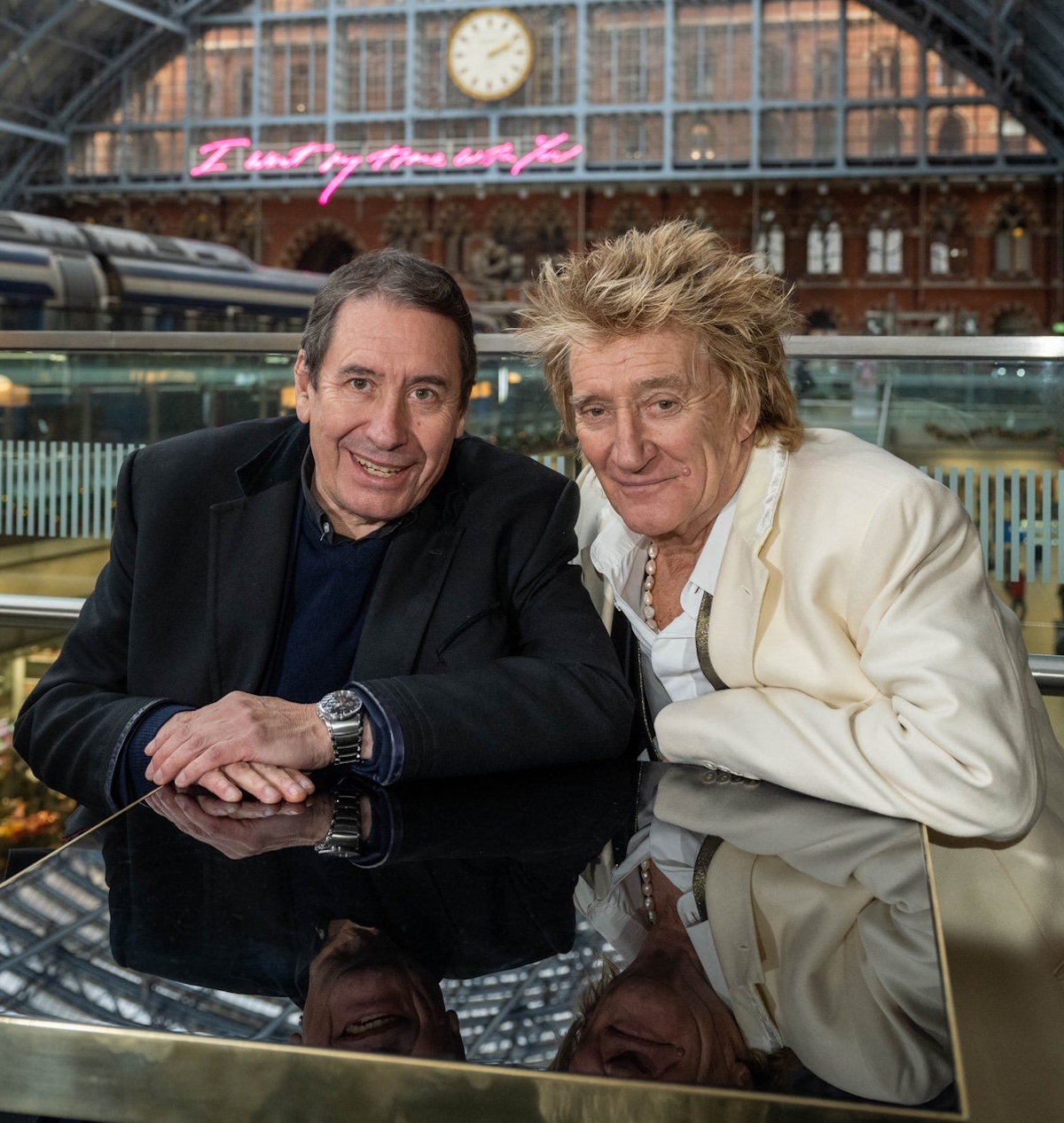
Swing Fever also gave Stewart the chance to extend his expressive reach in a domain that connected with the one he’s best known for. “A lot of these swing songs were on the border of the rock ’n’ roll era,” he says. “I love rock ’n’ roll and I never stopped singing it. I’m not going to retire. But rock ’n’ roll has its limitations. For me it doesn’t stretch me as much as these songs do, that need a bit of singing.”
It’s now more than 20 years since Rod opened the pages of the Great American Songbook series that stretched to five multi-platinum albums between 2002 and 2010. But while there are connections, Swing Fever is a whole different thing. “I think the songs may have come from around the same era, but of course this is different,” he says. “The Great American Songbook was nearly all ballads. There was none of this swing stuff in there. It was meant for after-dinner drinks.”
The fun of these studio gatherings also allowed the time for the stars to catch up on the other important business of the day. “Jools’ whole studio is done out like a railway station on the outside. We’re mad, aren’t we?” says Rod. “Every hour we get in the day, I think I speak for Jools here too, we’re working on our model railways. At the end of the day we might compare photographs of what we’re doing. I might be the other side of the world working on mine. So it’s a great brotherhood, and there’s not many of us.”
Jools sums up the spontaneous charm of Swing Fever. “I don’t think it’s the names you put on music, it’s the effect that it has on you,” he muses. “The effect that this music has on me, and whenever I put it on where people are, they feel this thing, they want to move. Music is an expression of a lot of different things, and joy is an important part of what it does. You can feel the joy in this music, and it’s unashamed joy as well.”


